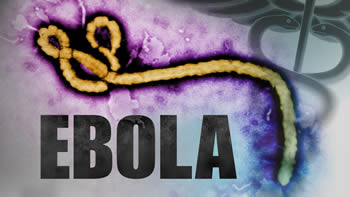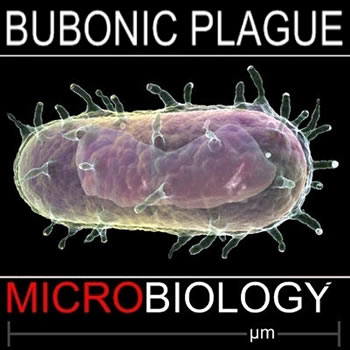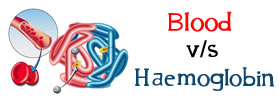Difference between Ebola and Bubonic Plague
Key Difference: Ebola and the Bubonic Plague are two completely different diseases but ones that are capable of creating an epidemic and cause widespread havoc. Ebola is caused by one of the five different types of ebolavirus, whereas the bubonic plague is caused by the Yersinia pestis.
 Ebola and the Bubonic Plague are two completely different diseases but ones that are capable of creating an epidemic and cause widespread havoc. The 2014 outbreak of Ebola in West Africa is its biggest outbreak to date and has caused 13,567 reported cases resulting in 4,960 deaths by 29th October, 2014. However, the largest Bubonic Plague outbreak was the pandemic in the Late Middle Ages known as the Black Death. The Black Death resulted in an estimated 25 million deaths, or 30–60% of the European population.
Ebola and the Bubonic Plague are two completely different diseases but ones that are capable of creating an epidemic and cause widespread havoc. The 2014 outbreak of Ebola in West Africa is its biggest outbreak to date and has caused 13,567 reported cases resulting in 4,960 deaths by 29th October, 2014. However, the largest Bubonic Plague outbreak was the pandemic in the Late Middle Ages known as the Black Death. The Black Death resulted in an estimated 25 million deaths, or 30–60% of the European population. Ebola, on the other hand, causes fever, sore throat, muscle pain, and headaches. This escalates to vomiting, diarrhea and a rash, as well as impaired kidney and liver function. In some cases, patients show both internal and external bleeding, such as oozing from the gums, or blood in the stools. This eventually culminates to death between six to sixteen days of contracting the disease.
Ebola, on the other hand, causes fever, sore throat, muscle pain, and headaches. This escalates to vomiting, diarrhea and a rash, as well as impaired kidney and liver function. In some cases, patients show both internal and external bleeding, such as oozing from the gums, or blood in the stools. This eventually culminates to death between six to sixteen days of contracting the disease.|
|
Ebola |
Bubonic Plague |
|
Known as |
Ebola virus disease (EVD), Ebola hemorrhagic fever (EHF) |
Black Death, Black Plague, La Peste, Pestilential Fever |
|
Caused by |
A virus of the family Filoviridae, genus Ebolavirus:
|
A bacteria called as Yersinia pestis (formerly known as Pasteurella pestis), that belongs to the family Enterobacteriaceae. |
|
First Discovered |
In 1976 near the Ebola River in what is now the Democratic Republic of the Congo |
The first recorded epidemic was the Plague of Justinian that ravaged the Byzantine Empire during the sixth century. |
|
Natural Hosts |
Fruit bats of the Pteropodidae family |
Rats, but is spread by fleas from one host to another |
|
Transmission |
|
|
|
Incubation period (the time interval from infection with the virus to onset of symptoms) |
2 to 21 days |
Less than 2 days. |
|
Symptoms |
Fever, fatigue, muscle pain, headache and sore throat. Followed by vomiting, diarrhoea, rash, symptoms of impaired kidney and liver function, and in some cases, both internal and external bleeding. |
|
|
Diagnosis |
Confirmation is made using the following investigations:
|
Confirmation is through the identification of Y. pestis culture from examining the serum taken from the patient during the early and late stages of infection. |
|
Treatment |
Rehydration with oral or intravenous fluids- and treatment of specific symptoms, improves rate of survival. |
Antibiotics such as such as streptomycin and gentamicin, tetracyclines (especially doxycycline), and the fluoroquinolone ciprofloxacin. Other treatments include oxygen, intravenous fluids, and respiratory support. |
Image Courtesy: outsidethebeltway.com, turbosquid.com









Comments
Anonymous
Wed, 10/25/2017 - 03:04
Add new comment